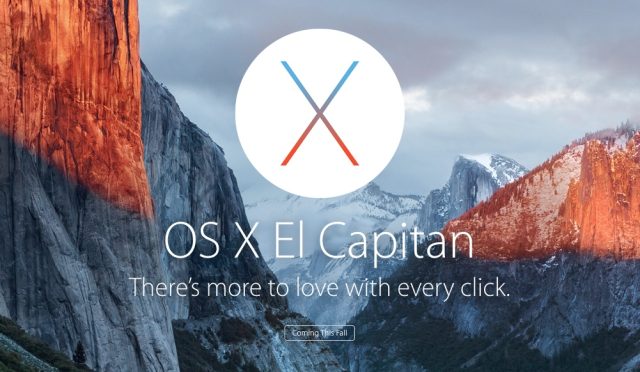

In case it still persist after performing all steps above, please contact Eltima Support for help. Note: You will need to enter your Mac password. Open Terminal ( Finder > Applications > Utilities > Terminal).Ĭopy the following command in the Terminal and execute it: sudo /Library/Frameworks/amework/Support/uninstall.If Mac still crashes, please do the following: Its driver isn't compatible with OS X 10.11 El Capitan. You have Eltima USB Network Gate installed. To open Console go to Finder > Applications > Utilities > Console. If I open Console > /Library/Logs/ > DiagnosticReports and open the kernel panic log (starts with kernel), I find the following string: Kernel Extensions in backtrace: If the date was wrong, it was likely that which caused the error, and after you quit the terminal it should be able to install OS X just fine.My Mac crashes every time I start Parallels Desktop on Mac OS X 10.11. You can then check if it was set correctly by running the first command again. Which means, you can just enter it exactly like this: date -uĮnter the command and hit return. To avoid trouble with timezones, we will use UTC time instead (). Depending on what you want to do with macOS Recovery there are a number of key combinations to use during start up these options work on an Intel-powered Mac: Command + R Use this if you. Below you see what the command should be for your current time and date –. This command will be entered as follows: date -u Įvery bracket should be replaced with a two-digit number based on UTC time. For some reason, it might have been reset to 2001, in which case we need to set it to the right date. Set a Default Startup Disk: select your disk as above, then hold down the Option key and click Always Use. (See Method 2 if you can't get even that far.) For best results, restart the Mac into Recovery Mode and. Startup Manager: all your bootable disks will be displayed in the startup options screen, so just pick the one you want. Use this method if your Mac can, indeed, start up.

The result of this command will be the date that the system currently has been set to. Safe Mode: select a volume, hold the Shift key, and click Continue in Safe Mode. Once in the terminal enter the following command and hit return/enter: date You can check this by going to utilities and opening the terminal. However on the MBP 2009 running EL Capitan I am not given the option to boot from. I tested the USB on my 2011 iMac and can view it on that Startup Manager. I used the file command in Terminal from Apple (for Yosemite) which all appears to be working.

Now, if you haven’t used your Mac for a while, the error might be caused by an incorrect system date setting. I have formatted the USB to Mac OS (Extended Journal) and made 1 Partition in the GUID format. When you’re booting your Mac from the recovery partition and are planning to reinstall OS X, you might be met by the following message:Īn error occurred while preparing the installation. March 2013 Changing system date from Terminal – OS X recovery


 0 kommentar(er)
0 kommentar(er)
